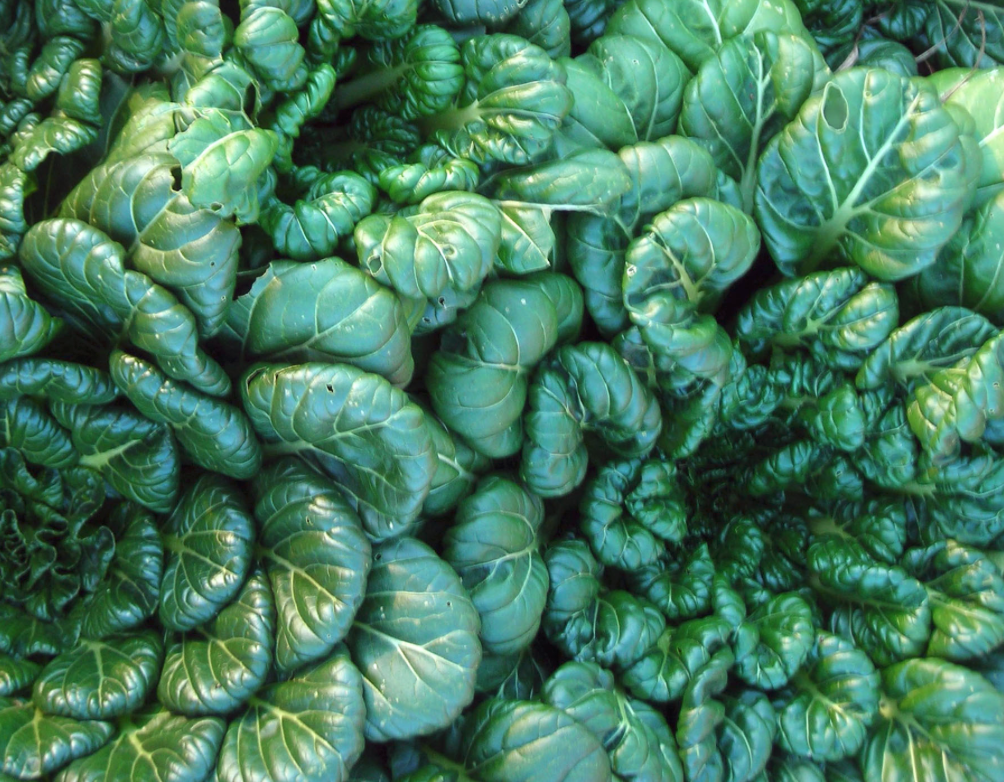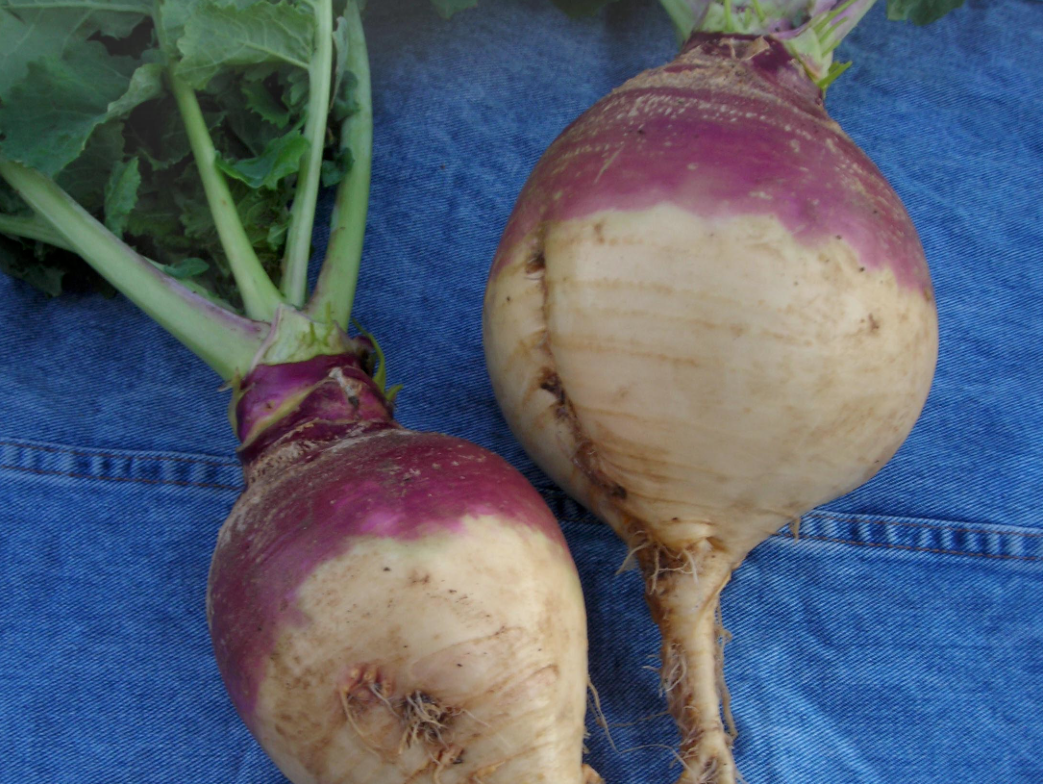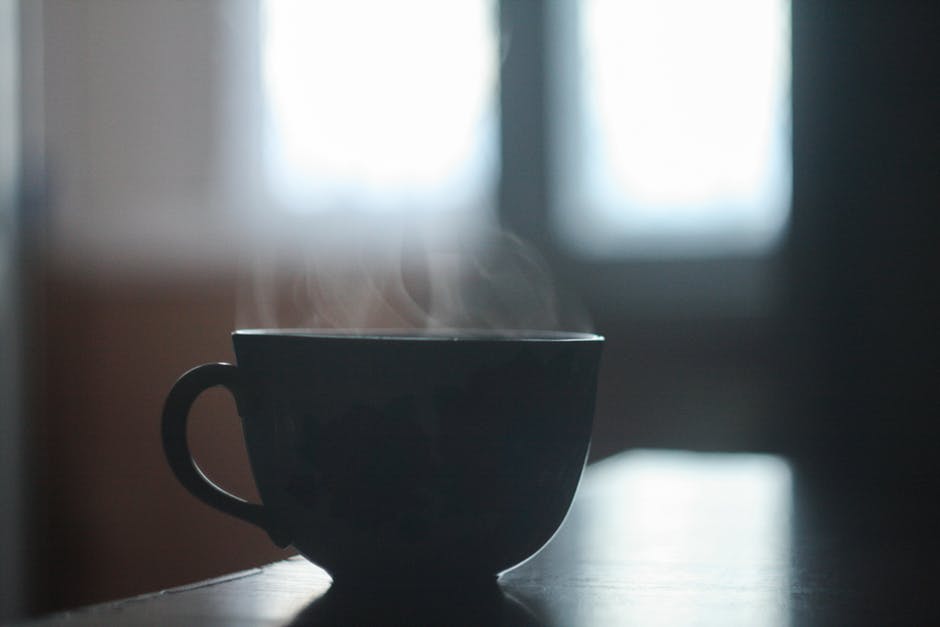
Lettuce is a perfect crop for cool season gardening. The incredible array of varieties brings a colorful assortment to fall, winter, and spring meals. As you’re planting your fall crops there are a number of lettuces to choose from. You can sow loose leaf mixes, romaine, bibb, or crisphead lettuce. If you’re growing a heading variety you may want to consider starting your lettuce indoors and transplanting seedlings out.
- Better germination. Starting a fall garden often means seeding cool weather crops in hot weather. Starting seeds indoors, in a cool place typically means better germination rates. Lettuce doesn’t need light to germinate so you can set them in a basement or root cellar even if it’s dark until they germinate. Alternatively you can set them in the refrigerator for the first night.
- No wasted space. Having reliable, healthy seedlings means you waste less space in your garden. When you’re planting a fall garden you’re often dealing with restricted space, only planting what you have a cold frames, row cover, or a hoop house to protect. You also have a relatively small window to get crops started. Setting out transplants means that you can make the most of every square in of your garden. You won’t have patches where seed failed to germinate as we discussed above.
- More time. Having transplants started also means that that you have a little more leeway for when you plant. It’s essential to get fall crops started on time so that they get established before the temperatures drop.
Growing Transplants
Start your lettuce in flats or soil blocks of moist, quality potting mix. Keep them somewhere cool at least until they germinate. Once germinated your lettuce should be placed under lights or somewhere they get direct sunlight. Lettuce should be transplanted when the plants are between 2-3 inches tall.
Transplanting
You should harden off your lettuce plants 7-10 days before transplanting. Bring them outdoors for a few hours, increasing the length of time each day. Prepare your bed by loosening the soil and adding compost if available.
Plant your lettuce at the same depth as they were in the pot. Even if they’re leggy, don’t bury the stem. Lettuce stems won’t grow roots like tomatoes and some other plants. Water them in after planting and keep the soil moist especially as they get established. Be sure to have your season extenders ready to go in case of frost.



